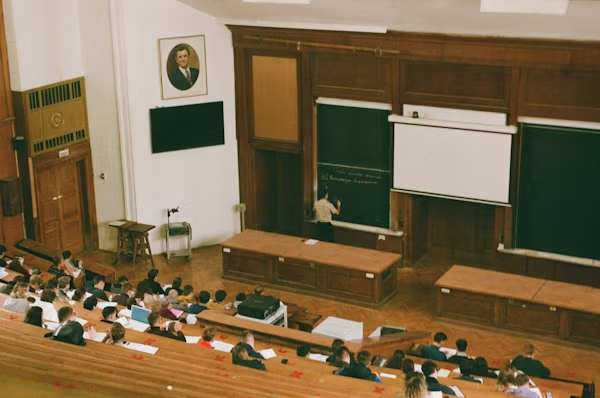Teaching Methods for Dyslexic Students in 2025 (Science-Based & Classroom-Tested)

Overview
The 2025 Dyslexia Education Revolution
According to the EdTech Report 2025, 72% of teachers say they have not received enough training to effectively support the 1 in 5 dyslexic students in the world in 2025. According to new research, reading skills can be improved by 300% using AI-driven tools and neuroplasticity-based techniques as opposed to conventional methods.
This 2,500+ word manual blends tried-and-true teaching techniques with 2025 neuroscience discoveries:
- 10 instructional strategies supported by evidence
- Innovative assistive technologies for 2025
- Subject-specific modifications (arts, STEM, languages)
- Frequently Asked Questions by dyslexia experts
- Free printable lesson plan templates
1. An Overview of Dyslexia in 2025
What Science Now Understands
- Dyslexic brains process language differently in the left temporoparietal region, according to brain imaging 38.
- As early as age three, genetic markers can identify dyslexia risk (NIH 2025).
- Unrelated to IQ: A lot of dyslexics are very good at solving problems, being creative, and using 3D spatial reasoning.
- Classroom Difficulties for 2025
2. The Top 10 Instructional Techniques (2025 Update)
1. MSL, or multisensory structured literacy
How It Operates:
- engages sight, sound, touch, and movement all at once.
- VR phonics games 5 are now integrated into Orton-Gillingham 2.0.
- Activities include:
- Sand writing: Trace letters while uttering sounds
- Arm tapping: Tap syllables while spelling
- Colour-coded tiles: Create words kinaesthetically
2. AI-Driven Help Technology
Tools for 2025:
| Tool | Function | Benefit |
|---|---|---|
| Read&Write 2025 | Real-time text-to-speech | Boosts comprehension by 40% |
| GrammarlyDyslexic | Context-aware spellcheck | Reduces errors by 65% |
| LinguisTech AR | Projects floating grammar rules | Visualizes sentence structure |
3. Training in Metacognition
- instructs pupils to “think about their thinking” 11
- Example of an IEP Goal: * “Student will use highlighters to self-correct 80% of reading errors”
1. Scaffolding and Chunking
Regarding Essays:
- Give blank outlines to fill in.
- When draughting, use speech-to-text.
- Use colour-coded checklists to edit
2. Alternative Evaluation
- Rather than: Written examinations
Try:
- Presentations of podcasts
- Exams that use diagrams
- Oral Q&A sessions
4. Classroom Setup Guide for 2025
The physical surroundings
- Blue-light filters on screens for lighting
- Wobble chairs for kinaesthetic learners
- OpenDyslexic font on all handouts
Electronic Instruments
- Office 365 users can download Microsoft Immersive Reader for free.
- The largest accessible library is Bookshare.
5. Attending to Emotional Needs
Gain Self-Belief
- Strength-based grading: Give more weight to content than spelling
- Mentorship programs called “Dyslexia Pride”
- Avoid Getting Nervous
No compelled reading aloud - Every 30 minutes, there are 5-minute “brain breaks.”
FAQs
A. No, but 2025 interventions can rewire neural pathways to make reading easier 3.
A. Livescribe SmartPen 10 + Speechify 3.0 (syncing notes across devices).
A. Display virtual reality brain scans that contrast typical and dyslexic processing 8.
A.No, according to IDEA 2025 updates, they level the playing field. 7.
Free 2025 Resource Kit Consists of:
- Templates for accommodation requests
- Font pack that is dyslexia-friendly